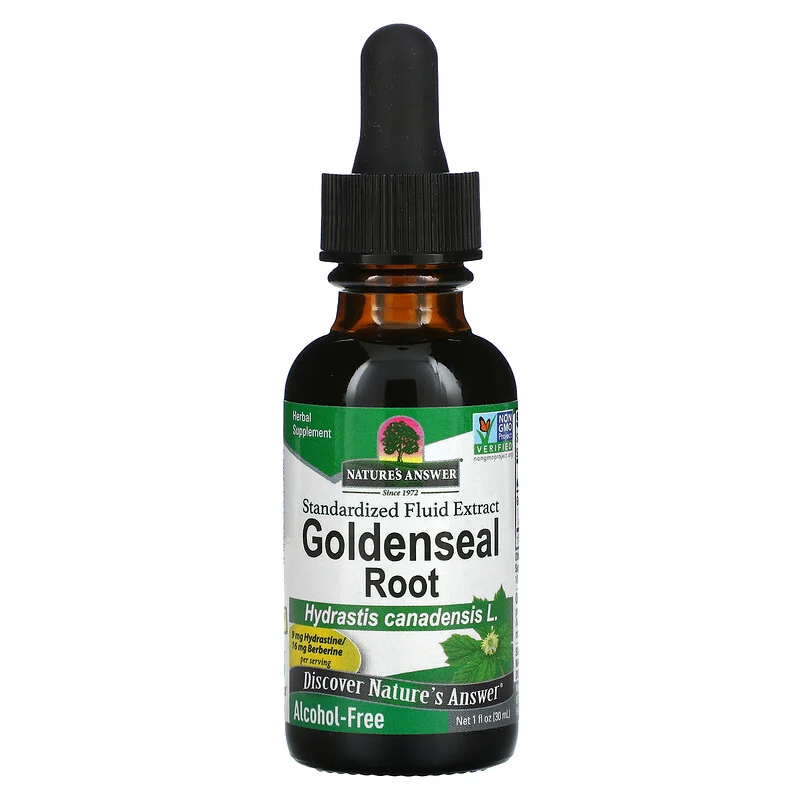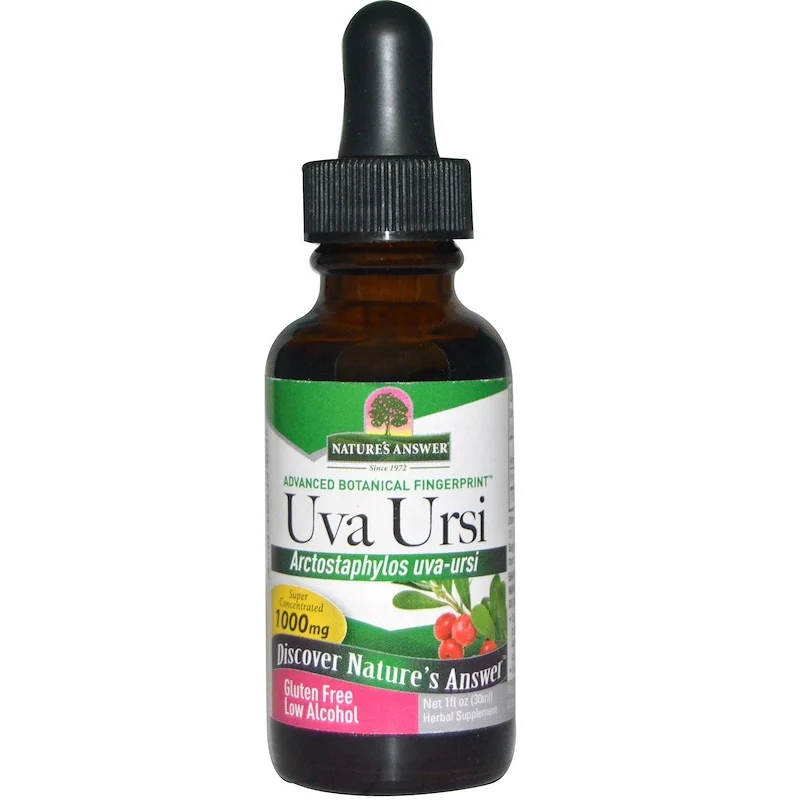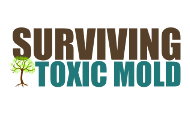What can cause a UTI? (Urinary Tract Infection/Bladder Infection)
A urinary tract infection is usually caused by the presence of E. coli (approximately 80% of all of these infections) The other 20% of bacteria can be from klebsiella, enterobacter, staphylococcus, and other bacteria. These bacteria have protective properties that allow the bacterium to /stick/adhere to the lining of the bladder and the mucosal wall of the entire urinary tract. Their presence causes inflammation, cloudy urine with an unpleasant odor, and bladder and pelvic pain.
Without going into extreme detail, there are several factors that can increase the likelihood of developing a UTI in people who are exposed to toxic mold.
- Being female - Women are more prone to UTI’s than men because of the close proximity of the urethra’s to the anus. The bacteria have a shorter distance to travel in order to colonize in the lining of the urethra and the bladder. Estrogen and progesterone shifts during menopause alter the pH of the urine and cause changes in tissue structure. Women over 65 have the highest rates of UTI’s.
- Using too many anti-bacterial chemicals in your environment like: anti-bacterial body washes, hand soaps, kitchen dish soaps and toxic anti-bacterial cleaners. This can kill off beneficial bacteria from your hands-to-mouth or on your skin that directly affect your gut health and urinary tract health. I highly recommend ditching the "anti-bacterial" labeled products from your home and using "Purebiotics" which you can find on my website.
- Being exposed to toxic mold and mycotoxin in your environment directly affects the balance of good and bad bacteria in the gut, kidneys and urinary tracts. Toxic mold directly affects the endocrine system of the body and changes the production of stress hormones in the body. These stress hormones change the tone of the kidneys and cause the kidneys to empty slower which in-turn keep bad bacteria in the kidneys longer usual. Being exposed to mold directly cause estrogen dominance and progesterone deficiency in both men and women which will alter the pH of the urine and cause "ideal bacterial-growth conditions" inside the bladder. It's important NOT to simply treat UTI's with temporary band aids but to address the "causes" of UTI from an exposure perspective. Visit my "step-by-step guide" on the website to help you navigate HOW to remove yourself from toxic mold exposures first...then go after the UTI infections. (but don't wait!!)
My easy 3-step process to eliminate a UTI

Here are my "go-to" natural solutions for UTI
(that include ALSO removing myself from mold)
BIOFILM BUSTERS LIST
Enzymes that break up biofilm
- Nattokinase [38]
- Serratiopeptidase [37]
- Trypsin [36]
Foods that break up Biofilms
- Apple Cider Vinegar [12] -physiologically tolerable concentrations of acetic acid can completely eradicate bacteria in mature biofilms vitro.
- Caprylic acid (G+,-, fungal) [13]
- Cranberry [20]
- Garlic [16, 17]
- Ginger [19] (G+,-)
- Honey [10]
- Linoleic acid (omega-6) [8, 9, 8]
- Manuka [18]
- Oleic Acid/Olive Oil [8, 8]
- Propolis (candida biofilm) [11]
- Stevia [14]
- Vanilla
- Xylitol [15]
|
|
Non-Herbals that break up Biofilm
- Chitosan [23, 24, 9]
- Colloidal Silver [32]
- EDTA [27] – EDTA likely exerts antimicrobial activity by chelating magnesium and calcium – minerals necessary for growth and membrane stability and may also display anti-biofilm activity by reducing biofilm material (EPS) production and/or enhancing the detachment of bacterial cells from the biofilm. Magnesium, calcium, iron, zinc, and manganese appear to stabilize the biofilm matrix of a variety of organisms by enhancing structural integrity through electrostatic interactions that serve to cross-link the matrix [4].
- High alkalinity (magnesium?) [30]
- Iron (29)
- Lactoferrin [15, 26]
- L Reuteri [34]
- Manganese [4]
- Monolaurin [31] (G+)
- NAC [25]
- Norspermidine (found in chlorella) [3]
- Ozone Therapy (Medical not environmental ozone) [21, 22]
- Zeolite (Acidithiobacillus thiooxidans) [33]
- Zinc [28]
|
|
Herbs that break up Biofilm
- Alfalfa [54]
- Andrographis [39]
- Apigenin [48]
- Baicalein [31, 31]
- Berberine [41, 9]
- Black cumin oil/Thymoquinone [44]
- Boswellia [45]
- Cinnamon/Cinnamaldehyde [42, 43] and Cinnamon essential oil [43]
- Curcumin [40, 9]
- Eugenol [42, 9, 43] – found in Tulsi, clove essential oil and cinnamon essential oil
- Gentian violet [52]
- Ginkgo
- Kaempferol [48]
- Mangosteen (streptococcus) [53]
- Naringenin [48]
- Neem [11, 51]
- Oregano Oil (carvacrol+thymol) [46]
- Quercetin [47]
- Rosmarinic acid (higher concentrations) [50]
- St John’s Wort [49]
|
ANTIMICROBIALS LIST
GoldenSeal

 Goldenseal is one of the 5 best-selling herbal products in the United States. Goldenseal is a potent natural antibiotic, which like Cranberries contains the active ingredient (berberine) that prevents bacteria from adhering to your cell walls.
Goldenseal is one of the 5 best-selling herbal products in the United States. Goldenseal is a potent natural antibiotic, which like Cranberries contains the active ingredient (berberine) that prevents bacteria from adhering to your cell walls.
ASTRINGENT LIST
Uva Ursi Leaf - (tea or tincture)

 Uva Ursi contains several chemicals. The main chemicals are hydroquinone and hydroquinones that make it useful for urinary problems. Uva Ursi is used to treat infections such as cystitis, urethritis and nephritis as well. The hydroquinone derivative, arbutin, is the chief active compound in uva ursi. This compound is absorbed in the stomach and then is converted into a substance that contains antimicrobial, astringent, and disinfectant properties. During the urination process, as it leaves the body it works on the mucus membranes of the urinary tract and soothes irritation, reduces inflammation, and fights infection. Reasearch has found that arbutin taken alone is not as effective as the whole Uva Ursi plant in controlling urinary tract infections. The reason for this is because intestinal bacteria breaks down arbutin, but they are not always able to do so in the presence of other Uva Ursi compounds.
Uva Ursi contains several chemicals. The main chemicals are hydroquinone and hydroquinones that make it useful for urinary problems. Uva Ursi is used to treat infections such as cystitis, urethritis and nephritis as well. The hydroquinone derivative, arbutin, is the chief active compound in uva ursi. This compound is absorbed in the stomach and then is converted into a substance that contains antimicrobial, astringent, and disinfectant properties. During the urination process, as it leaves the body it works on the mucus membranes of the urinary tract and soothes irritation, reduces inflammation, and fights infection. Reasearch has found that arbutin taken alone is not as effective as the whole Uva Ursi plant in controlling urinary tract infections. The reason for this is because intestinal bacteria breaks down arbutin, but they are not always able to do so in the presence of other Uva Ursi compounds.
Uva Ursi contains diuretic chemicals, including ursolic acid, powerful astringents, and a chemical that helps promote the growth of healthy new cells called allatoin. In addition to its antiseptic and *astringent actions, uva ursi may also help to flush out bacteria by promoting urination. (*An astringent shrinks and tightens the top layers of mucous membranes, thereby reducing secretions, relieving irritation, and improving tissue firmness.) Uva Ursi is also used to reduce the accumulation of uric acid and relieve pain of bladder stones. The diuretic action may relieve the bloating feeling associated with menstruation as well.
Uva Ursi has been approved for treating inflammation of the lower urinary tract by Commission E of the German Federal Institute for Drugs and Medical Devices, which is the German governmental agency that evaluates the safety and effectiveness of herbal products
Uva Ursi References: https://www.healthline.com/nutrition/uva-ursi



 Goldenseal is one of the 5 best-selling herbal products in the United States. Goldenseal is a potent natural antibiotic, which like Cranberries contains the active ingredient (berberine) that prevents bacteria from adhering to your cell walls.
Goldenseal is one of the 5 best-selling herbal products in the United States. Goldenseal is a potent natural antibiotic, which like Cranberries contains the active ingredient (berberine) that prevents bacteria from adhering to your cell walls. Uva Ursi contains several chemicals. The main chemicals are hydroquinone and hydroquinones that make it useful for urinary problems. Uva Ursi is used to treat infections such as cystitis, urethritis and nephritis as well. The hydroquinone derivative, arbutin, is the chief active compound in uva ursi. This compound is absorbed in the stomach and then is converted into a substance that contains antimicrobial, astringent, and disinfectant properties. During the urination process, as it leaves the body it works on the mucus membranes of the urinary tract and soothes irritation, reduces inflammation, and fights infection. Reasearch has found that arbutin taken alone is not as effective as the whole Uva Ursi plant in controlling urinary tract infections. The reason for this is because intestinal bacteria breaks down arbutin, but they are not always able to do so in the presence of other Uva Ursi compounds.
Uva Ursi contains several chemicals. The main chemicals are hydroquinone and hydroquinones that make it useful for urinary problems. Uva Ursi is used to treat infections such as cystitis, urethritis and nephritis as well. The hydroquinone derivative, arbutin, is the chief active compound in uva ursi. This compound is absorbed in the stomach and then is converted into a substance that contains antimicrobial, astringent, and disinfectant properties. During the urination process, as it leaves the body it works on the mucus membranes of the urinary tract and soothes irritation, reduces inflammation, and fights infection. Reasearch has found that arbutin taken alone is not as effective as the whole Uva Ursi plant in controlling urinary tract infections. The reason for this is because intestinal bacteria breaks down arbutin, but they are not always able to do so in the presence of other Uva Ursi compounds.


